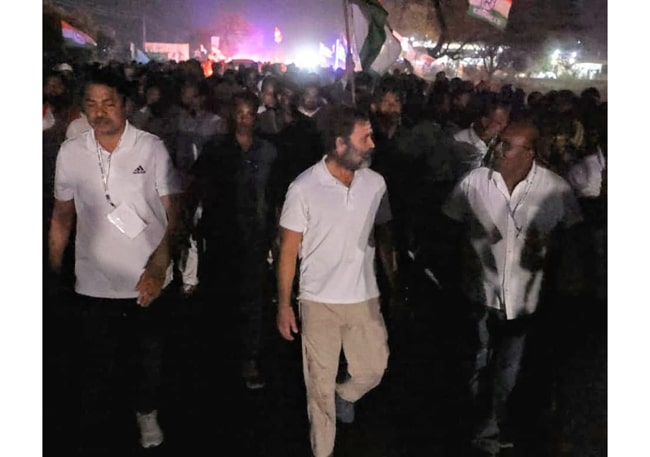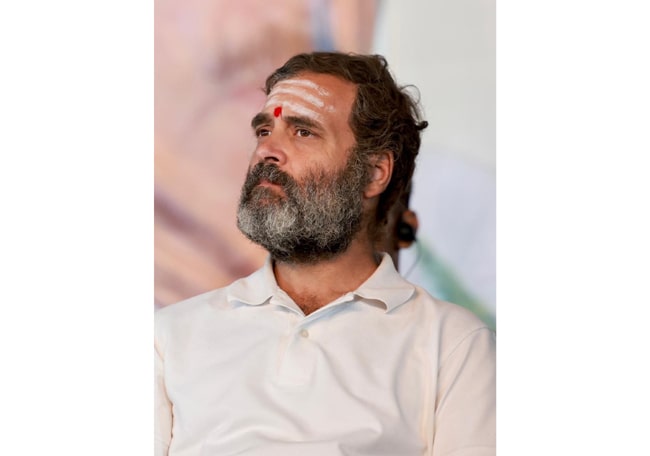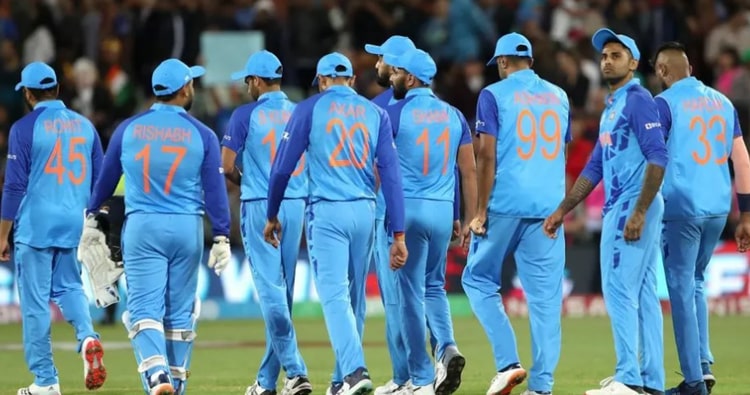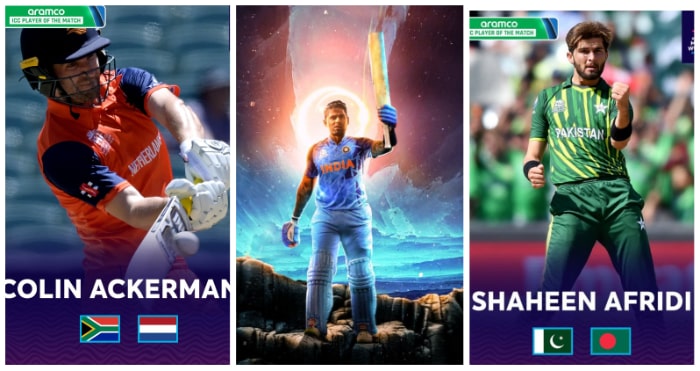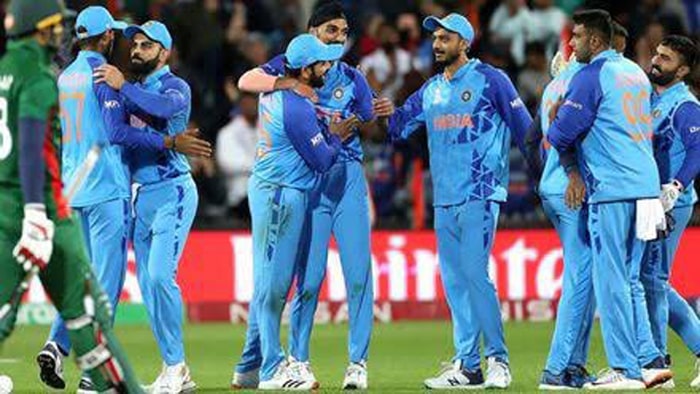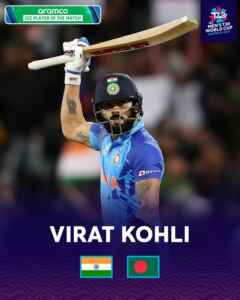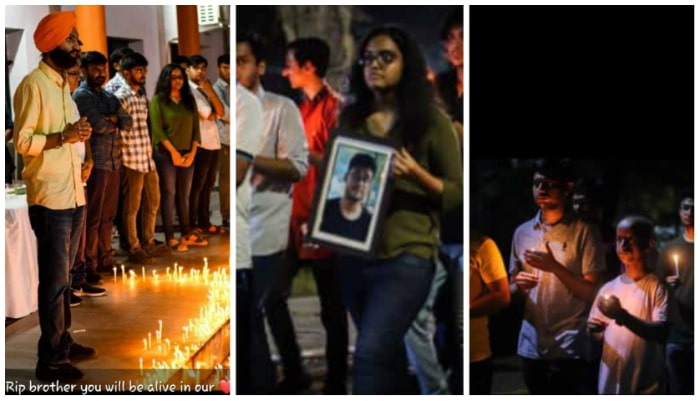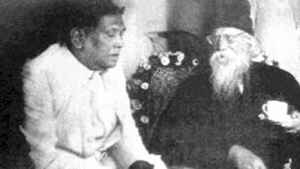“Why are you walking?” I asked Rahul Gandhi at the Bharat Jodo Yatra.
Rahul: Do you know the difference between Pooja and Tapasya?
Me: Yes, Pooja is worship and Tapasya is penance.
Rahul: Tapasya comes from the word ‘Tapp’, which means heat. When you do tapasya you generate heat. The heat that consumes you. It hurts you, it pains you and then you achieve
Me: But what do you hope to achieve?
Rahul: Your love, your blessings, our unity.
Me: There could have been other ways.
Rahul: Yes. Sure. But I do not want to achieve anything without putting in an effort, without doing tapp. Unless it hurts me, it pains me, any achievement is not worth it. This Bharat Jodo Yatra is my tapasya.
Me: And I am sure you will achieve it.
Rahul: One has to do tapasya without expectations and only then will it be successful. I don’t know whether I will achieve what I have set out to do. But I will keep burning myself till I do.
Me: How do we, ordinary common folk, deal with the hate narrative being spread?
Rahul: RSS and BJP are dangerous, they want to control you through fear and for fear they use religion. Tell me something, what are you?
Me: I am irreligious.
Rahul: But you must have been born into some religion right?
Me: Yes, I am a Hindu by birth.
Rahul: So, have you read the Vedas?
Me: No. I haven’t.
Rahul: I have, and all of them. Do you think all those who claim they are Hindu or Sikh or Muslim have really gone through the pain of reading their scriptures themselves?
Me: I hardly think so.
Rahul: So when they suddenly start claiming how proud they are of being a Hindu, on what premise do they base this on?
Me: True.
Rahul: This creation of false pride in you leads to extremism and then the fear of the other religion gives RSS the control over you. Once people start figuring this out and start becoming humans first before anything else, then we will overcome the BJP line of thought.
Me: Insha Allah, we will.
Rahul: (putting his elbow on my shoulder and coming closer): Are you a Hindu or a Muslim? You just said Insha Allah. You told me you are a Hindu.
Me: I also said that I am irreligious and I don’t think religions make one human better or different than another. We are all the same.
Rahul: See, you are already there. That’s how it should be *Grins*
Me: ‘Grins back.’
Rahul: Are you an atheist?
Me: No. I am indifferent.
Rahul: You belong to a special school of thought. Do you believe in rebirth?
Me: Noooo..
Rahul: You know, I asked my Dadi (Indira Gandhi) once, “What do you care about being remembered as after you are gone” and Dadi said, “I don’t, I would be gone.” You are from her school of thought.. Religiously speaking.
Me: I am allowed to use this story right?
Rahul: That’s up to you. Just keep being human.
Rahul: Mahatma Gandhi travelled across India, do you know why he did it?
Me: To fight the British and free our country.
Rahul: No, because he wanted to understand India. India is complex, no two parts are the same. The problems of people across India are different. Their aspirations are different. I have to understand it.
Me: So, a Gandhi walks again in India?
Rahul: Not at all. Don’t even compare. I have no false notions about myself. I am doing this for myself.. This is my Tapasya. I have to understand the diversity of India.
Me: Understandable.
Rahul: When I understand the different aspects of India from the biggest town to the smallest village, then I will truly understand the pulse of India. This is my learning.
Me: And in the process get votes?
Rahul: That is not the reason I am walking, but if yes, then why not. The first thing I have to do is finish my Tapasya (walk) and I believe I can do it.
Me: I believe you can do it too, we all do.
Rahul: ‘smiles.’
Me: Thank you Rahul Sir, for the time you gave me and for having such an open conversation with me. You are very nice to talk to.
We shook hands and I slowly slid out of the security cordon discreetly
And then I made up a resolve that I will write about Rahul Gandhi. The misjudged and maligned person lets people have an insight into what he really is.
While Rahul wants to understand India, it is also important that India understands Rahul, beyond what the media and the propaganda against him want to portray him as.
And this is why Rahul Gandhi is walking in the Bharat Jodo Yatra.
And this is why we all should be walking with him. And hope he succeeds.
It is not easy to meet him but if you do, he is the easiest guy to talk to, ever!
He is not intimidating and he doesn’t try to overpower you in conversations, the discussion just flows smoothly.
He listens, he talks, and he lets you talk and respond to it with amazing clarity.
This man is no Pappu.. This man is a gem.
I hope my posts about my conversation with Rahul have helped in this a bit and will make a difference in understanding him.
This is the best I can do for someone who is relentlessly walking for 3,500 kms across India and I hope he succeeds in his tapasya.
Disclaimer: I seriously suggest that anyone of you who is interested in Uniting India, go and be a part of BJY, not for meeting RaGa or clicking pictures with anyone but for yourself.. That will be your Tapasya.



